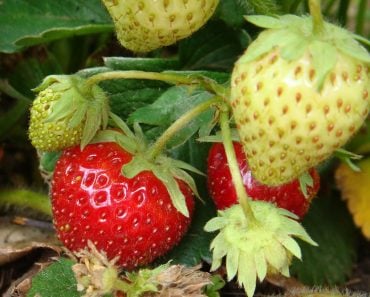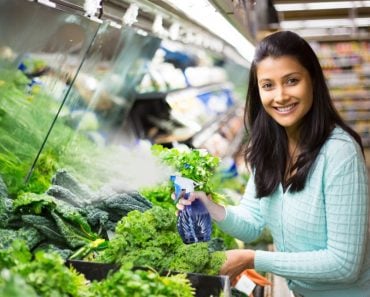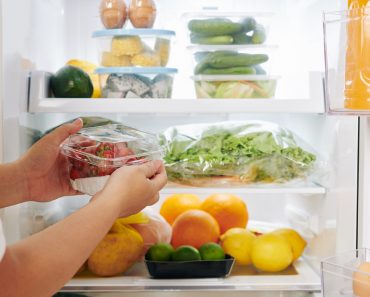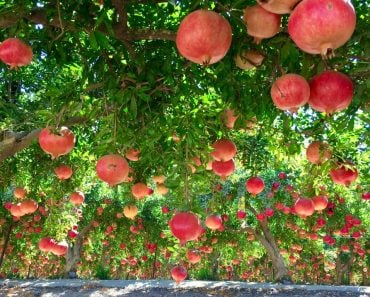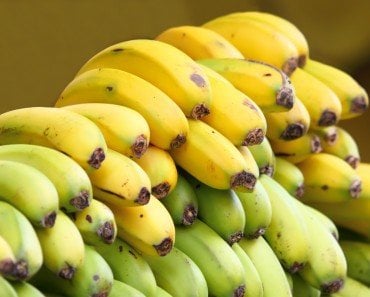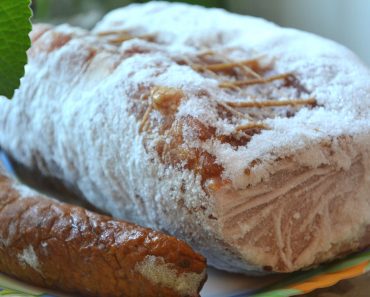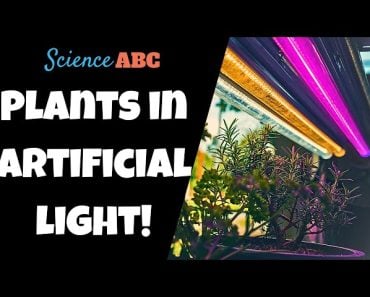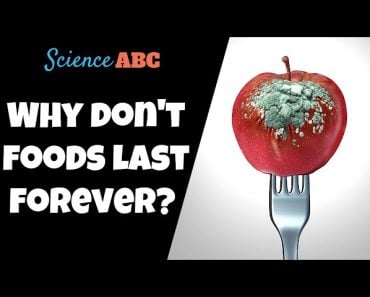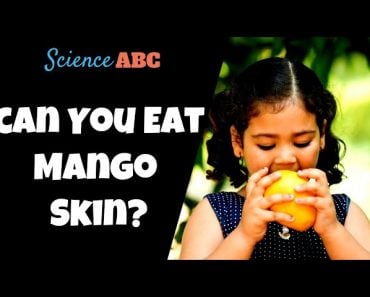Table of Contents (click to expand)
The main ways that fruits and vegetables stay fresh after being picked are by being stored in a controlled atmosphere, being submerged in water, or being frozen.
While walking down a freshly sprayed produce section, your mind is likely on what delicious new smoothie or salad combinations you want to experiment with, but this particular part of a grocery store summons different questions in me… first and foremost, how “fresh” are all of these “fresh fruits and vegetables”? Applying a rudimentary knowledge of biology, it seems that once you remove a fruit from a plant, it would start to die, which doesn’t sound particularly appetizing.
It makes you wonder whether the fruits and vegetables have been frozen, kept in storage cases on trans-Atlantic journeys, or are simply on the edge of going bad by the time they make their way into your shopping baskets. Given the critical position of fruits and veg in our daily diet, this seems like an important point to clarify—how do these major portions of the food pyramid stay fresh after they’ve been picked?
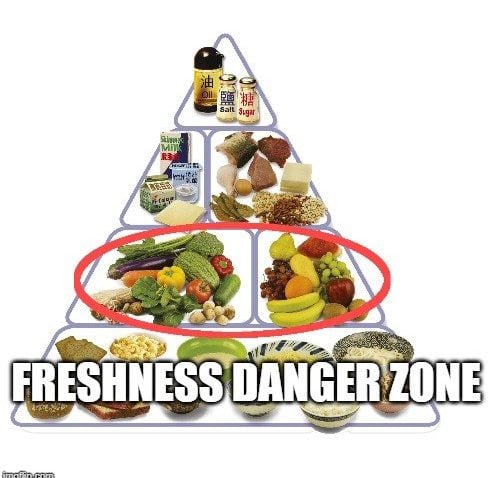
Before we can dig into those details, as well as the strategies regularly employed to keep fruits and vegetables fresh for extended periods of time, we should refresh our understand a bit on the harvesting and ripening processes.
Recommended Video for you:
Harvesting
Depending on the region of the world you’re in, and what season of the year it happens to be, as well as your shopping locale, your fruits and vegetables may range from having been picked mere hours before to more than 9 months earlier! Some forms of produce are extremely season- or region-specific, so they may only grow and ripen at one point during the year, providing for a large region’s supply, or perhaps even the entire world!

Therefore, in order to provide for the year-round demand that is present in our globalized, instant satisfaction world, some of those more particular fruits and vegetables must be frozen and made available throughout the year via carefully controlled processes to ensure “freshness”. Some of the best examples of this are carrots, apples and potatoes, which may be stored for anywhere from 1-9 months! On the other side of the spectrum are fruits and vegetables like bananas and tomatoes, which are stored up to two weeks and six weeks, respectively.
Ripeness
The first thing that must be understood about the ripeness of fruits and vegetables is that there is not a hard and fast rule that applies across the board. Fruits and vegetables are different species and have adapted their own means of reproduction and survival. Many people forget that the primary purpose of a fruit, from a plant’s perspective, is to protect its precious seeds, and hopefully be consumed (once ripe), in order for those seeds to be spread. Vegetables are not necessarily as visually appealing to potential disseminators, but they serve a similar purpose for a plant’s reproduction.
In order to prevent animals from eating the fruit or vegetable before they’re ripe, most plants have developed defense mechanisms implicit in the taste of the fruit. These are mainly caused, in fruits, by high levels of tannins and alkaloids, as well as starch, all of which are unpleasant for consumption. As the fruit ripens and the seeds become viable, the taste and color of a fruit often change, becoming sweeter or more colorful, i.e., attractive to those who might consume it, including humans.
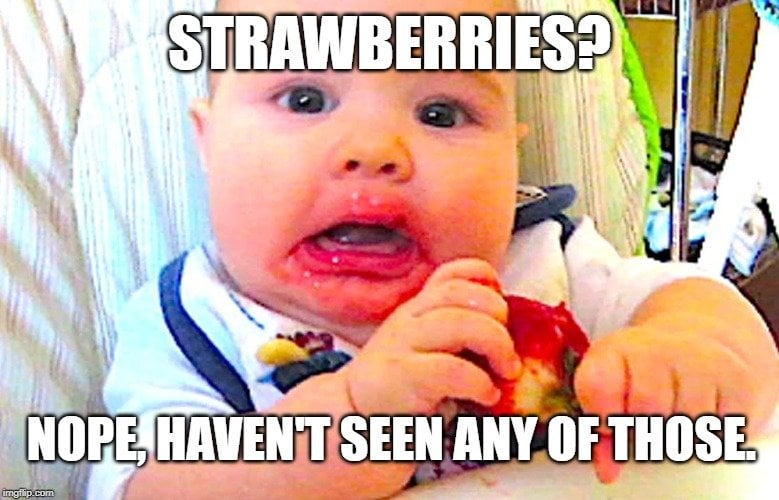
Let’s consider the case of the banana. When a banana is first picked off a tree in a tropical area, it is usually a vivid green and is very hard and dense. Over the next 1-2 weeks, the cells of the fruit will undergo a rapid period of ripening, in which ethylene is released, thus allowing enzymes within the fruit to break down cell walls, reducing the amount of starch and increasing the amount of sugar. At one critical stage in this process, cells will change from expelling oxygen to expelling carbon dioxide, a sign that the fruit is nearly at its most ripe point. As this period of ripening continues, the green color will fade, as chlorophyll content decreases, allowing other pigments to be seen, namely yellow. In other fruits and vegetables, this may be orange, red etc. In the case of a banana, the fruit will often soften, as the rigidity of the cell walls will be more compromised, a sign of ripeness.
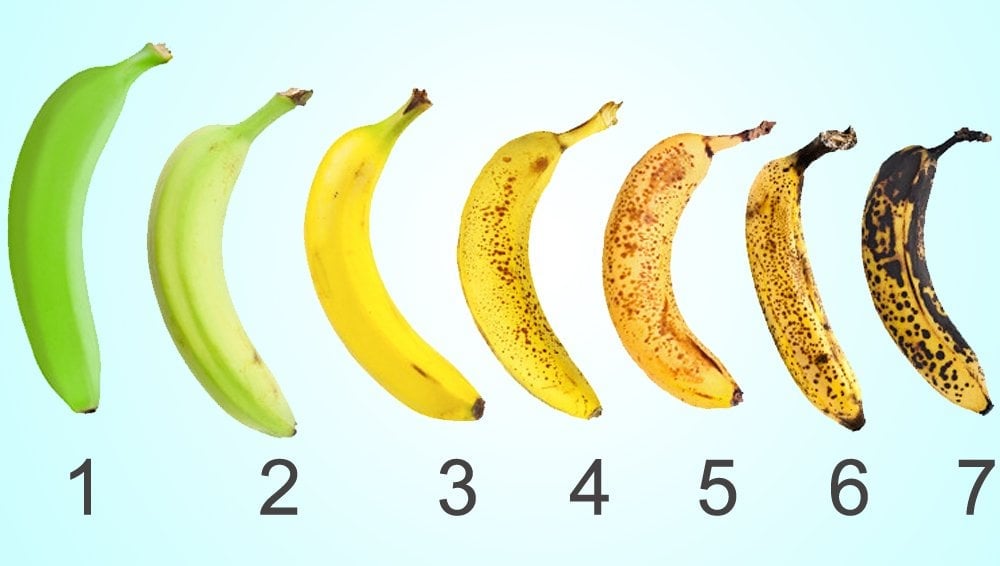
The above process is not the same for all produce items, as mentioned earlier. There are two major groups within fruits, climacteric and non-climacteric fruits. The former include bananas, kiwis, avocados and tomatoes, while the latter includes grapes, cherries, pineapples and oranges, among others. Non-climacteric fruits reach full ripeness before being picked, as they won’t continue to ripen “off the vine”, per se. The major difference between these two forms of fruit is that climacteric fruit store their sugars as starches, and won’t convert those into sugar until they ripen. Non-climacteric fruits do not store their sugars in this way.
Methods For Keeping Fruit And Vegetables Fresh
Due to the perishable nature of all fruits and vegetables, there are many different methods to maintain freshness once these products are picked. These methods are both natural and artificial in nature. The primary means that fruits and vegetables employ is the development of a peel or a rind. These can vary in thickness and permeability, such as the difference between an apple’s thin skin and the hard rind of a cantaloupe. These natural barriers can protect excess exposure to oxygen, which will speed the breakdown of organic molecules. Returning to the case of a banana, the thickness of the peel is an indicator of freshness; as more starch is converted into sugar, the peel will become thinner and thinner!
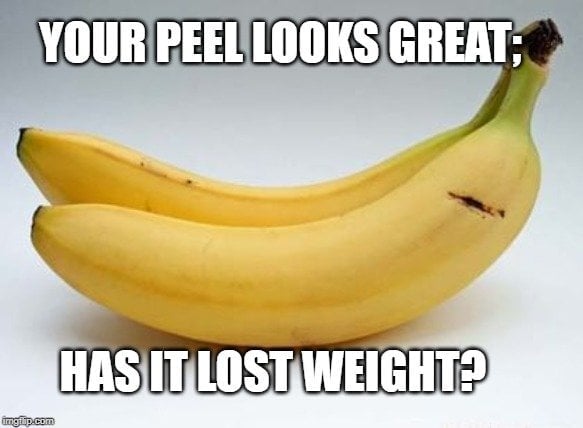
Humans are a demanding species, however, and a fruit or vegetable’s natural freshness-maintaining tools are often not enough. As mentioned earlier in this article, some of the most popular methods include freezing the produce, submerging it in water, and storing it in atmospheric-, temperature- and pressure-controlled rooms. Different combinations and processes apply for every different type of fruit and vegetable to ensure the best-quality produce on the shelves. In the case of apples, an incredibly thin layer of edible wax is applied to the fruit as a barrier against oxidation, helping these popular fruits retain their freshness longer, without any risk to consumers.
An exciting new development in the quest to retain freshness involves using food waste, particular fruit and vegetable scraps, to create an additional “peel”. By spraying fruits and vegetables, including bananas, avocados and strawberries with a micro-thin layer of this edible peel, it can greatly increase freshness and shelf life. While this is still in its early stages, companies like Apeel are on the cutting edge of this perennial challenge for fruit growers and lovers around the world!
References (click to expand)
- Edible, invisible "peel" helps produce stay fresh for up to ... - Mic. Mic
- Peel (fruit) - Wikipedia. Wikipedia
- How Long Do Fruits and Vegetables Retain Their Nutrients - eXtension - articles.extension.org
- The Science of Ripening - Article - FineCooking - www.finecooking.com
- Lelievre, J.-M., Latche, A., Jones, B., Bouzayen, M., & Pech, J.-C. (1997, December). Ethylene and fruit ripening. Physiologia Plantarum. Wiley.


